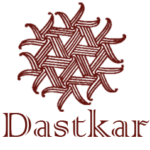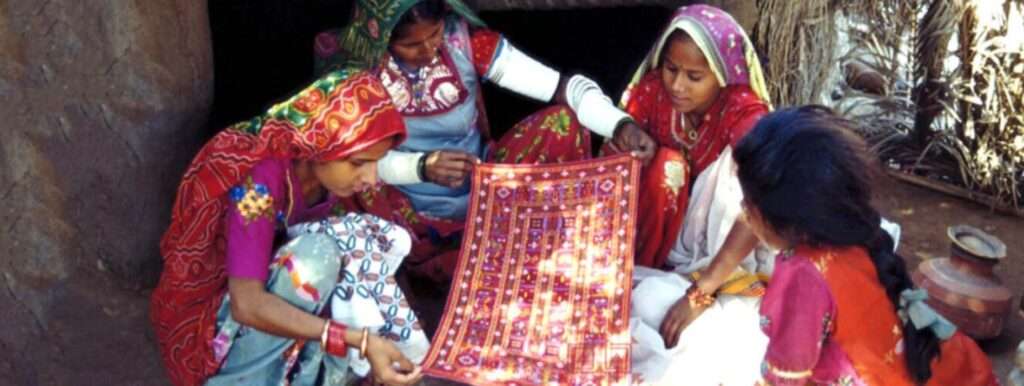
Kala Raksha
Judy Frater, an American researcher doing work on Rabari culture and crafts, approached Dastkar in 1990 for help in creating viable products and markets for the traditional embroidery made by the women of this and two other communities doing the finer Suf as well as Pako embroidery. These women were un-organized but highly skilled and badly in need of a source of alternative earning. Dastkar strongly believed that traditional craft, an economic activity in harmony with local, social, cultural and environmental norms, could be a catalyst not just of earning and employment but to the development process as a whole.
From the beginning Dastkar emphasized the vital importance of the initial process of group formation, and the principle that all other training be coordinated to the pace of the group rather than the individual. Workshops were organized, identifying women with appropriate skills, personalities and potential to take on managerial and organizational responsibilities at various stages of the project. Costing, sizing, quality and production systems were kept very simple, with each group of women interacting and being involved in the process.
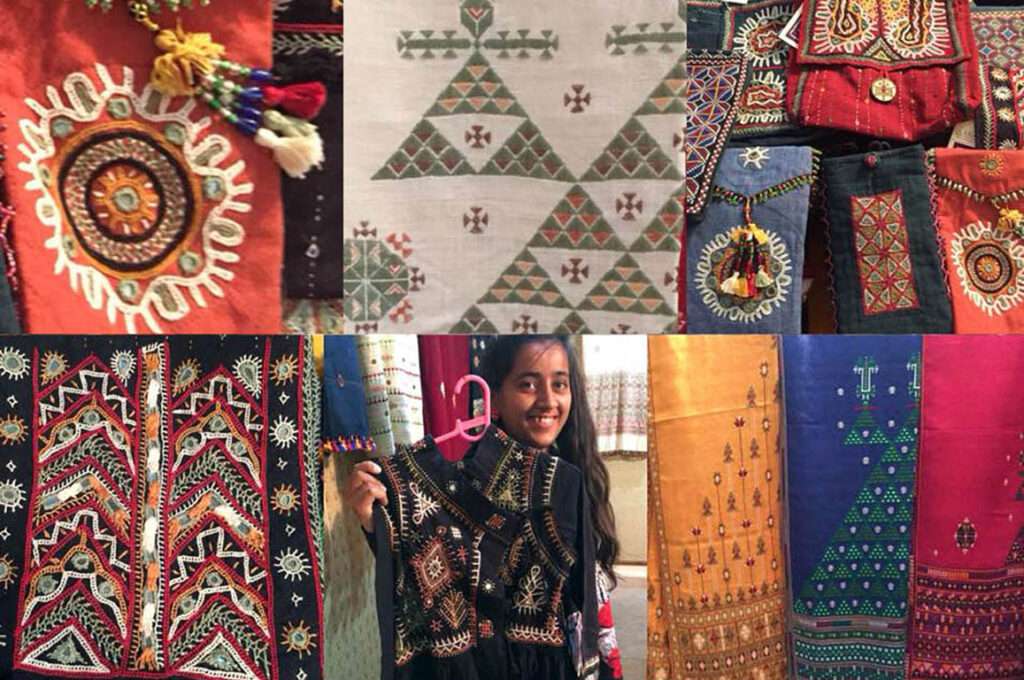
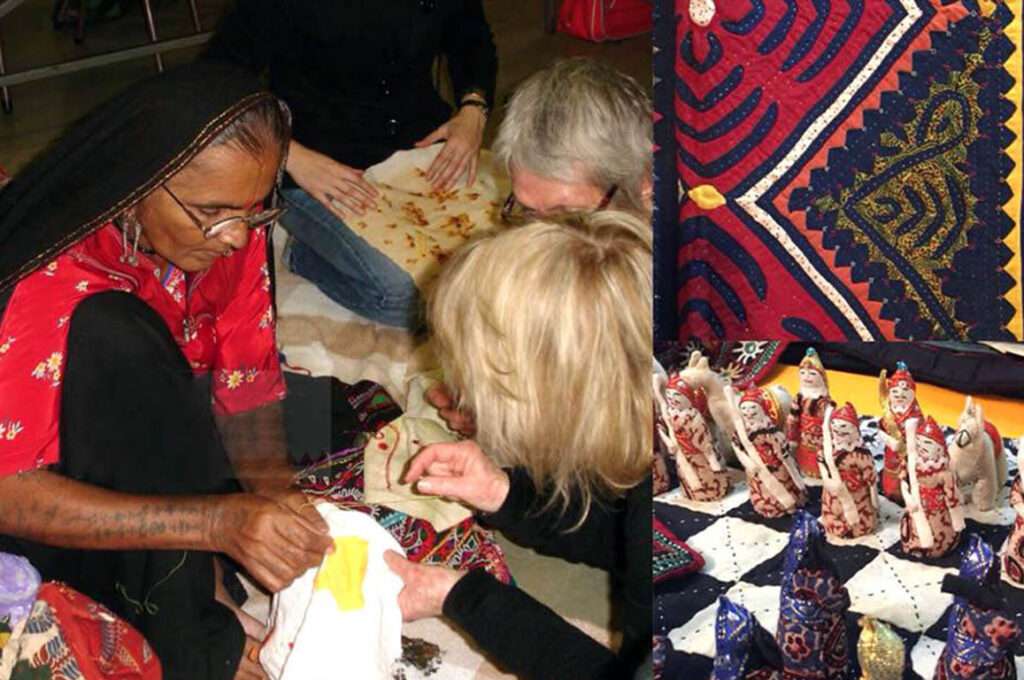
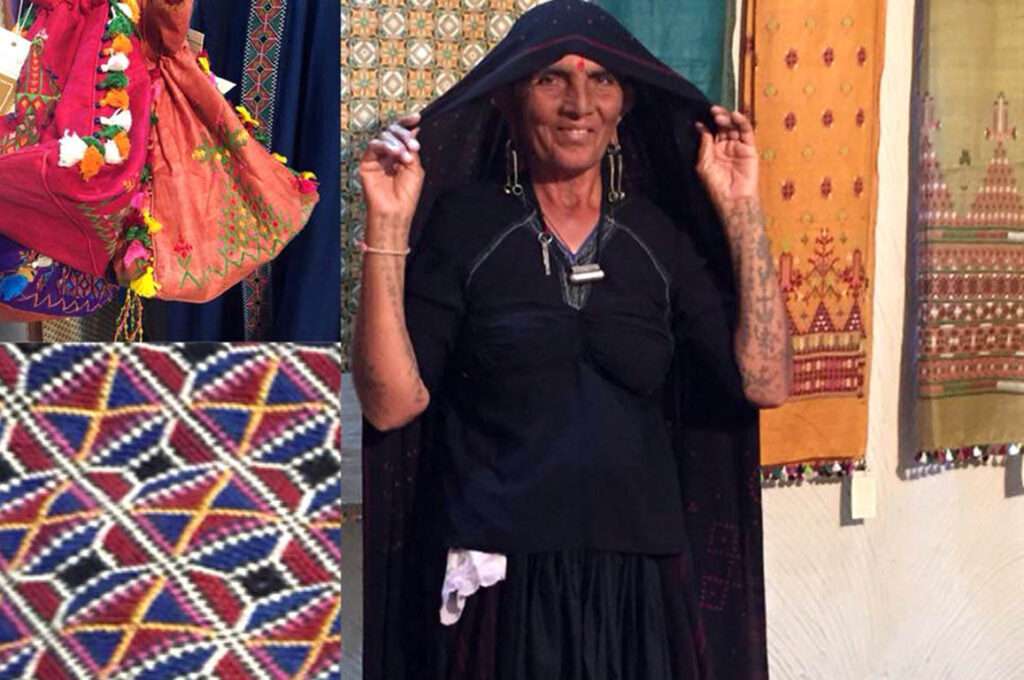
Two years later, in 1993, the Sumraser Suf group was registered as a separate autonomous entity ‘Kala Raksha’, and went on to become an impressive example of micro-enterprise self-sustainability through craft. Their quality and design development is outstanding and this is reflected in their annual turnover which was over Rs.1 crore in 2010-2011.
Kala Raksha today works with nearly 1,000 embroidery artisans of seven ethnic communities, providing direct and indirect benefits to 1,500 artisans. A craftsperson’s monthly earning has gone from Rs.1,000 in the early years to today’s average between Rs.3,000 to Rs.7,000 per month, a significant sum in an agrarian village economy. Income generation, preventive health care, basic education, and group savings are all integrated in a comprehensive development program.

